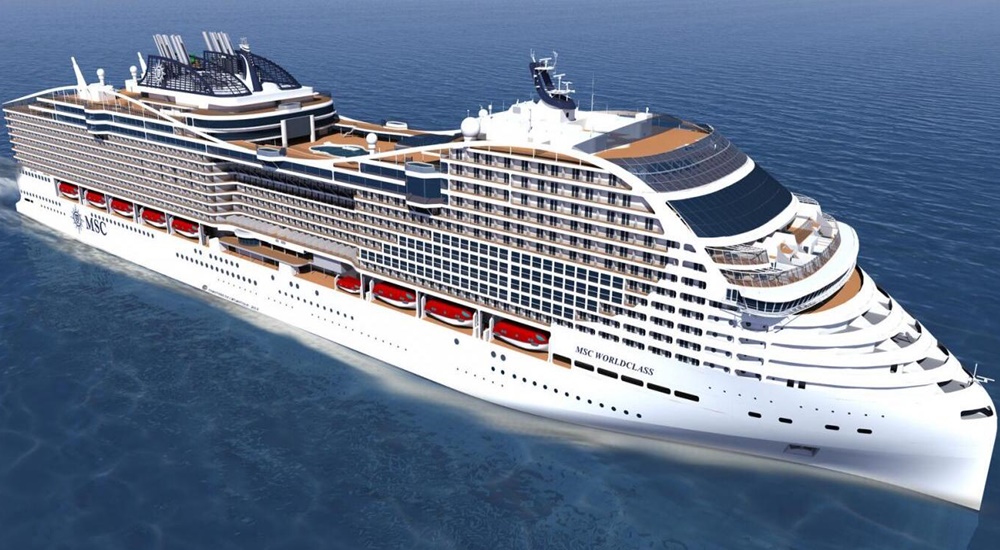The French shipbuilder Chantiers de l'Atlantique (fka STX France) and MSC recently celebrated the float of World Europa and the keel-laying of Euribia. Both vessels are LNG-powered, making them France's and MSC's first to operate on LNG (liquefied natural gas), as well as outfitted with the lates environmental technologies.
As part of the ceremony, MSC and the shipyard discussed the plans to fit a test fuel cell system onboard MSC World Europa. The system is seen as a demonstration that would help to advance fuel cell technology. The system, which is based on technology from Bloom Energy, is a SOFC (Solid Oxide Fuel Cell) that will be made up of two 75kW modules. The fuel cells using liquified natural gas will produce electricity generated by the electrochemical reactions.
The shipyard described the SOFC cell saying they used ceramic materials allowing operations at a high temperature which ensures high electrical efficiency. They're recovering the heath from the exhaust, which could lead to energy yields in the long term ~90%. Employing the SOFC solution would also make it possible to reduce GHG emissions by ~30% in comparison with the conventional dual-fuel engines fitted to liners powered by LNG. Chantiers de l'Atlantique also reported the technology would be compatible with many fuels, from LNG to ammonia, hydrogen, methane, methanol, as future fuels become available.
In addition to the fuel cells, MSC World Europa uses technologies including shore-to-ship power connectivity, selective catalytic reduction systems, advanced wastewater treatment systems, underwater radiated noise management systems to reduce the environmental impact. MSC also reports it will explore the use of bio & synthetic forms of LNG as they become available.

One of the world's largest ships, World Europa is also MSC's longest and biggest vessel constructed so far - with GT-tonnage/volume 153516 tons, LOA length 323 m (1060 ft), height 75 m (245 ft), draft 9 m (30 ft).